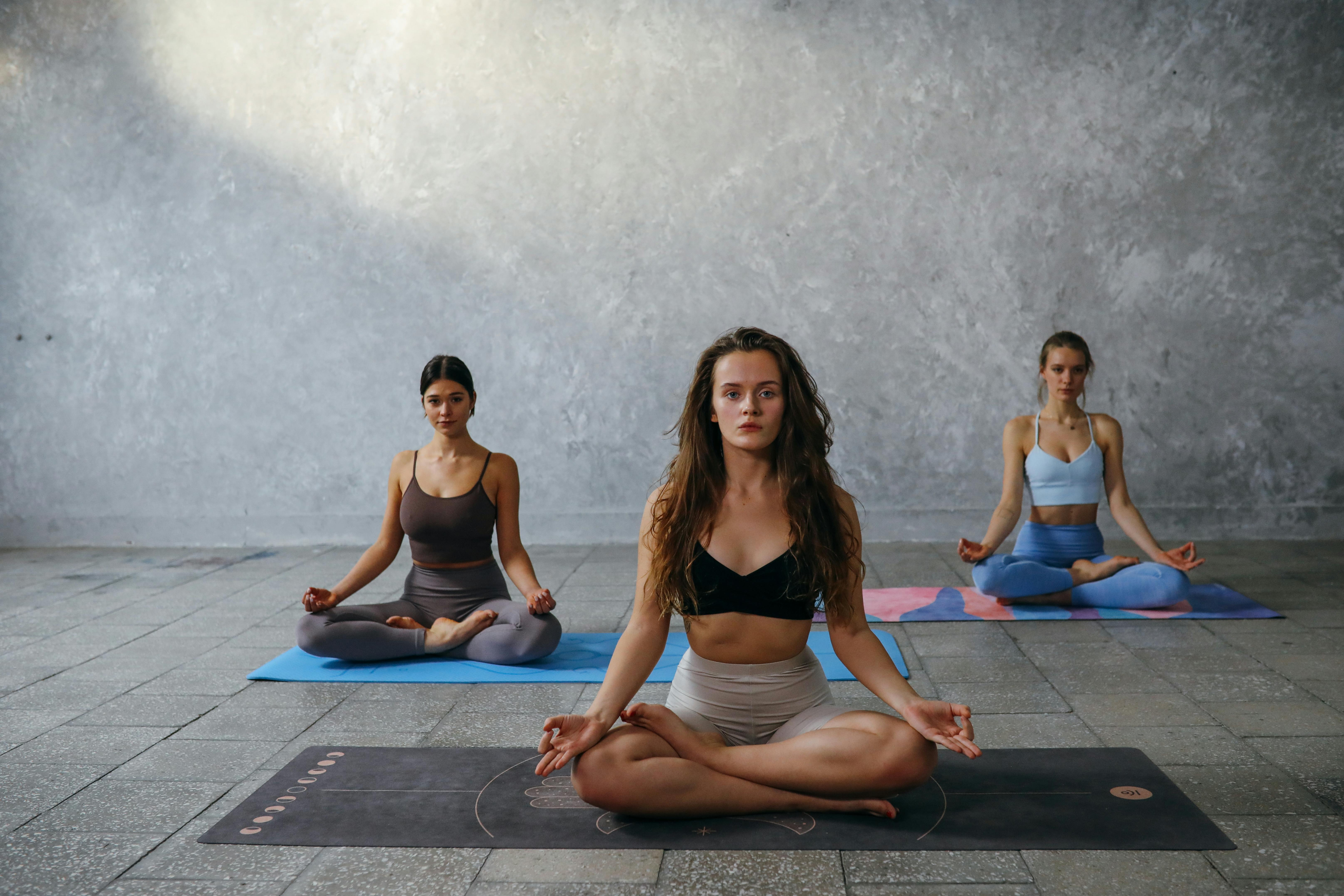Many of those who control their caloric intake and exercise regularly reach a weight loss deadlock and/or are unable to reduce fat in certain places, leading to unsightly belly fat, saddlebags, and love handles.
How can you reduce this stubborn fat? And is there a way to do it without the pain, downtime, and sometimes uneven results of traditional and invasive liposuction procedures?
More and more people are finding the body they once had with non-surgical liposuction. Three main procedures have emerged:
1.i-Lipo™
2. Zerona®
3. CoolSculpting®
i-lipo
i-Lipo is a system that uses photobiomodulation to stimulate the release of excess calories (fat) stored in adipose cells. Also known as low-level laser therapy (LLLT), photobiomodulation is a medical technique that uses LLLT in the form of infrared light that causes a cell’s mitochondria to release fat without changing diet and exercise and without causing cell damage. Patients can expect results from losing 1-2 clothing sizes during the course of their treatments.
The problem: i-Lipo does not eliminate fat cells, but instead causes a temporary release of fat, requiring the patient to return for the procedure on a regular basis unless they can make significant changes in their habits to prevent weight gain again.
Zerona
Zerona uses cold laser technology to release the cellular contents of fat cells without causing damage to other cells. The release of the contents of the fat cells is the result of the rupture of the cell membrane, called a transient pore. Minutes after low-level laser exposure, fat cells begin to develop transient pores, allowing evacuation of cell contents into the extracellular space. Once the contents of the fat cell have been emptied, it is released into the interstitial space where it can pass through the body during its normal course of detoxification. Patients can expect to lose an average of 3 to 4 inches from their waist, hip, and thigh circumference.
The problem: As with i-Lipo, Zerona does not eliminate fat cells but only causes a temporary release of fat. Additionally, patients often have to receive six treatments over a two-week period. The purchase of nutritional supplements, as well as a diet and exercise program, is also recommended to see results.
coolsculpting
CoolSculpting is a non-surgical cryolipolysis procedure developed by dermatologists at the Wellman Center for Photomedicine at Massachusetts General Hospital, which is a teaching affiliate of Harvard Medical School. Cryolipolysis reduces adipose tissue rather than simply reducing fat cells by using a specific cooling process that kills fat cells under the skin by freezing them to the point of elimination, a process called apoptosis. The dead fat cells are then naturally removed from your body through the lymphatic system. There are no knives, needles or scars involved.
The idea of cryolipolysis is based on a phenomenon called “popsicle panniculitis,” named for the freezing and destruction of fat cells in the checks as a result of contact with popsicles. This was first noticed in the dimples in the cheeks of children who ate popsicles.
CoolSculpting typically leads to a 20-25% fat reduction. Ideal candidates for this procedure are between 10 and 20 pounds of their ideal body weight based on BMI-Body Mass Index. The process takes about an hour per area of fat. The applicator is placed for an hour on each side for roll-ons, for example. Patients have reported no pain and little discomfort, although they will feel vacuum pressure and some pulling and pulling. The area is numbed once the temperature reaches 12°C. Patients can watch TV or work on their iPad during the procedure.
Afterwards, the area may feel a little firm, possibly a little tender or sore, but it’s usually back to normal by the next day. Patients usually start to see results within three weeks, but much longer after three months as fat tissue shrinks over time. There are no reported side effects, tissue damage, or inconsistent results. This is usually accomplished in one session, although additional sessions may be needed on a case-by-case basis.
Summary
Due to its minimal downside, medical offices and medical spas are increasingly turning to cryolipolysis over other non-surgical liposuction procedures, i-Lipo and Zerona, especially since you don’t need special supplements, dietary restrictions, or exercise to see results.
